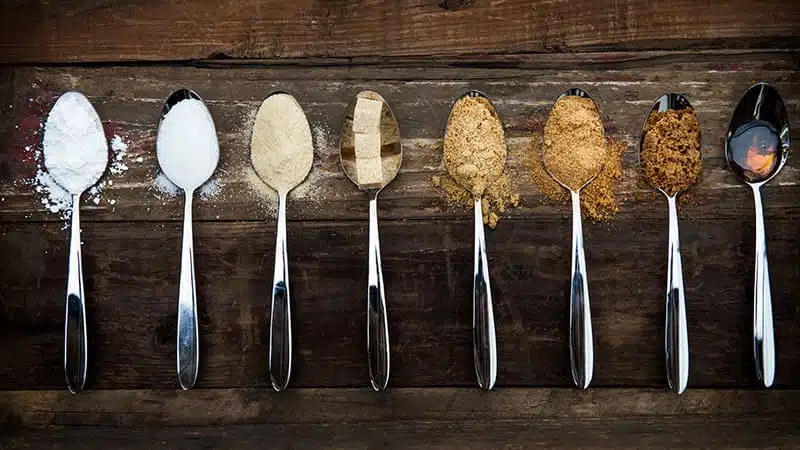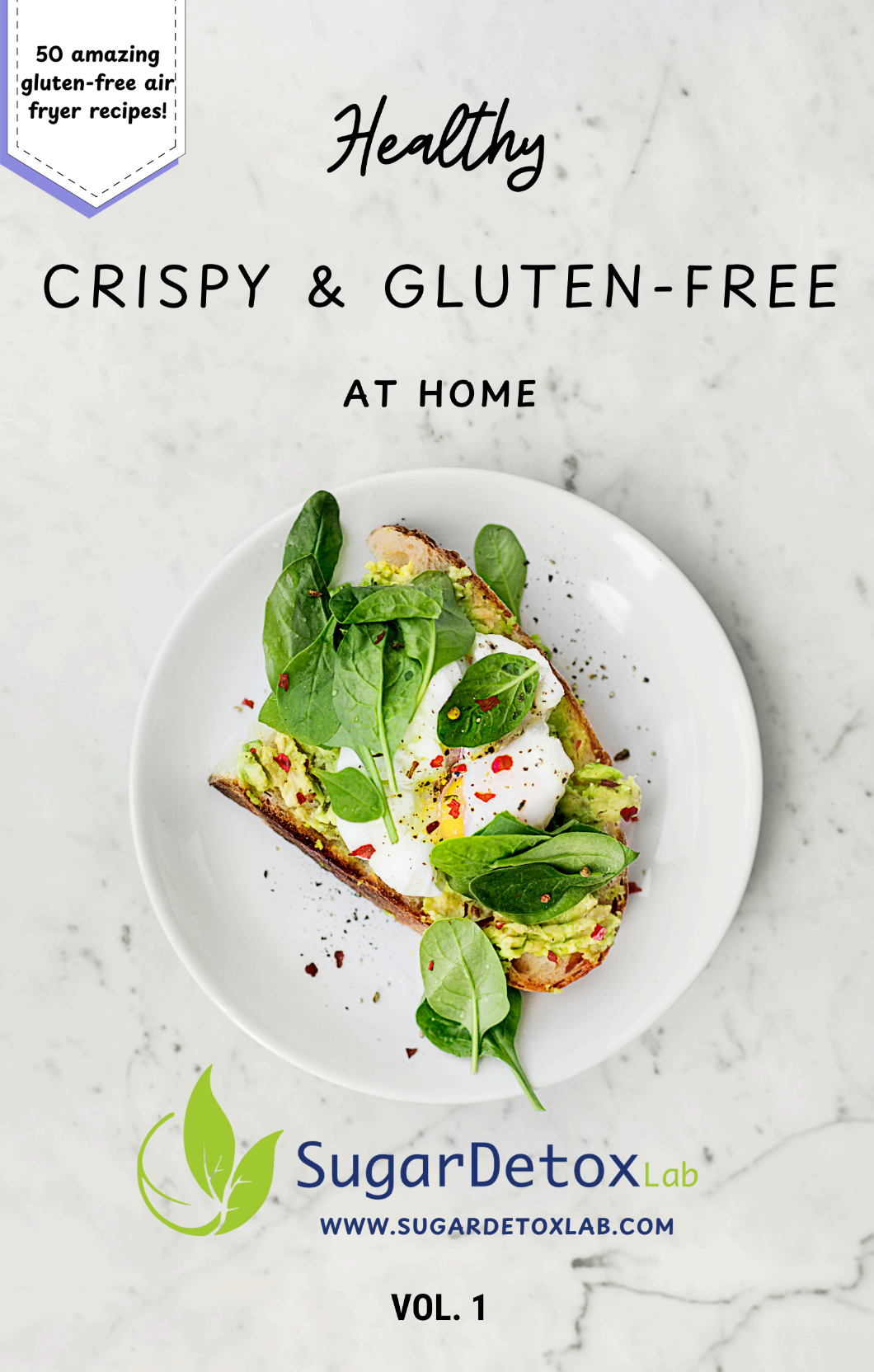The Bitter Truth About Our Sweet Addiction
Sugar Detox Challenge isn’t just a sweet indulgence—it’s a public health crisis hiding in plain sight. The average American consumes a staggering 77 grams of added sugar daily—three times the recommended limit—which adds up to approximately 60 pounds of sugar annually. What’s more concerning is that sugar hides in approximately 80% of manufactured foods, from seemingly healthy yogurts to salad dressings and bread.
At SugarDetoxLab.com, we understand the powerful hold sugar can have on your life. That’s why we’ve created this comprehensive guide to help you understand the science behind sugar addiction, implement effective detox strategies, and transform your relationship with sweetness forever. Whether you’re looking to boost your energy, improve your health, or break free from constant cravings, this guide provides the roadmap to success.
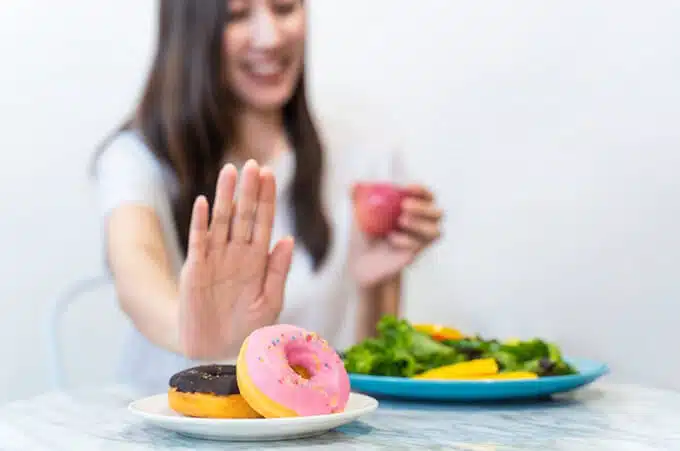
1 The Science of Sugar Addiction: Why We Can’t Get Enough
1.1 The Brain on Sugar: A Dopamine Dance
Sugar consumption triggers the release of dopamine in the brain’s reward center, creating feelings of pleasure and temporary relief. This neurological response is strikingly similar to how the brain reacts to addictive drugs . With repeated sugar consumption, the brain adapts by reducing dopamine receptors, requiring more sugar to achieve the same pleasurable effect—a classic characteristic of addiction .
1.2 The Blood Sugar Roller Coaster
When you consume sugar, it quickly enters your bloodstream, causing a rapid spike in blood glucose. This triggers your pancreas to release insulin to shuttle the glucose into cells for energy. The result? A sudden energy burst followed by a crash that leaves you tired, irritable, and craving more sugar . This vicious cycle keeps you trapped in a pattern of constant snacking and energy fluctuations.
1.3 Hidden Sugars: The Sneaky Saboteurs
Many people consume excess sugar without realizing it because manufacturers add it to unexpected products like pasta sauce, bread, salad dressings, and “healthy” snacks. Sugar hides behind 60+ different names on ingredient labels, including barley malt, dextrose, fruit juice concentrate, and maltodextrin . Learning to spot these hidden sugars is crucial for successful detoxing.
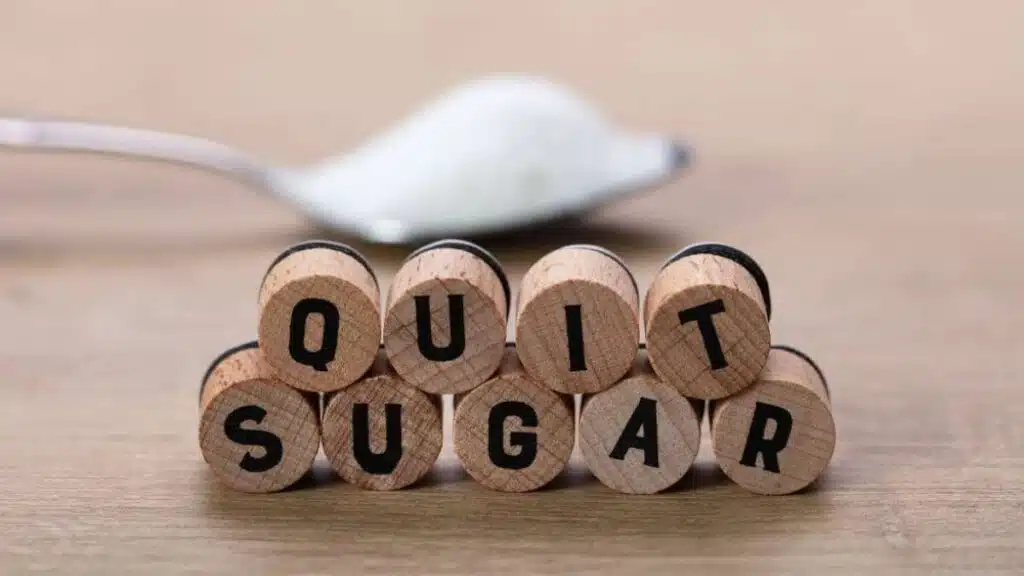
2 Sugar Detox Plans: Finding the Right Approach for You
Table: Comparison of Sugar Detox Programs
| Duration | Best For | Key Features | Difficulty |
|---|---|---|---|
| 10-Day Detox | Beginners | Focus on eliminating added sugars | Moderate |
| 7-Day Meal Plan | Quick reset | Structured meals and snacks | Moderate |
| 21-30 Day Challenge | Serious reset | Complete sugar elimination | High |
| 3-Week Reset | Habit formation | Gradual reduction approach | Medium |
2.1 The 10-Day Sugar Detox Starter
The ‘Pause Life 10-Day Sugar Detox offers a beginner-friendly approach to breaking sugar addiction. This program focuses on eliminating added sugars while educating participants about the health consequences of excessive sugar consumption . Each day includes specific actions:
- Day 1: Set goals and journal your reasons for detoxing
- Day 2: Track current sugar intake using an app like Cronometer
- Day 3: Replace sweetened beverages with infused water
- Day 4: Implement stress-reduction techniques
- Day 5: Create satiating meals with protein and healthy fats
2.2 The 7-Day Sugar Detox Meal Plan
This structured plan provides specific meal ideas for each day of the week, focusing on whole foods without added sugars. Sample meals include:
- Breakfast: Plain Greek yogurt with nuts or scrambled eggs with vegetables
- Lunch: Green salad with grilled chicken or turkey zoodle bowl
- Dinner: Cauliflower rice with beans, baked salmon, or chicken stew
- Snacks: Bell peppers with hummus, cottage cheese, or a handful of nuts
The plan emphasizes high-protein foods, healthy fats, and fiber-rich vegetables to maintain stable blood sugar levels and reduce cravings.
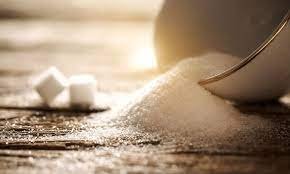
2.3 The 21-30 Day Comprehensive Reset
For those needing a more substantial reset, longer programs aim to completely eliminate sugar cravings and reset taste buds. These programs typically:
- Remove all added sugars and artificial sweeteners
- Limit even natural sugars like fruits initially
- Focus on whole foods: vegetables, proteins, healthy fats, and complex carbs
- Gradually reintroduce natural sugars after the detox period
3 Remarkable Benefits of Sugar Detox: More Than Just Weight Loss
3.1 Physical Health Transformations
- Stable Energy Levels: Without sugar spikes and crashes, you’ll experience consistent energy throughout the day
- Weight Management: Many report weight loss of 3-5 pounds in the first few weeks without other changes
- Reduced Inflammation: Cutting sugar lowers inflammation, potentially relieving joint pain and headaches
- Improved Skin Health: Participants often report clearer, less oily skin and reduced breakouts
- Better Digestive Health: Reducing sugar can help balance gut bacteria and alleviate bloating and digestive issues
3.2 Mental and Emotional Benefits
- Reduced Anxiety and Depression: Stable blood sugar helps balance neurotransmitters responsible for mood regulation
- Improved Mental Clarity: Many experience enhanced focus and concentration after the initial withdrawal phase
- Emotional Freedom: Breaking the cycle of sugar addiction reduces food-related guilt and anxiety
- Better Sleep: Without blood sugar disruptions, many report deeper, more restorative sleep
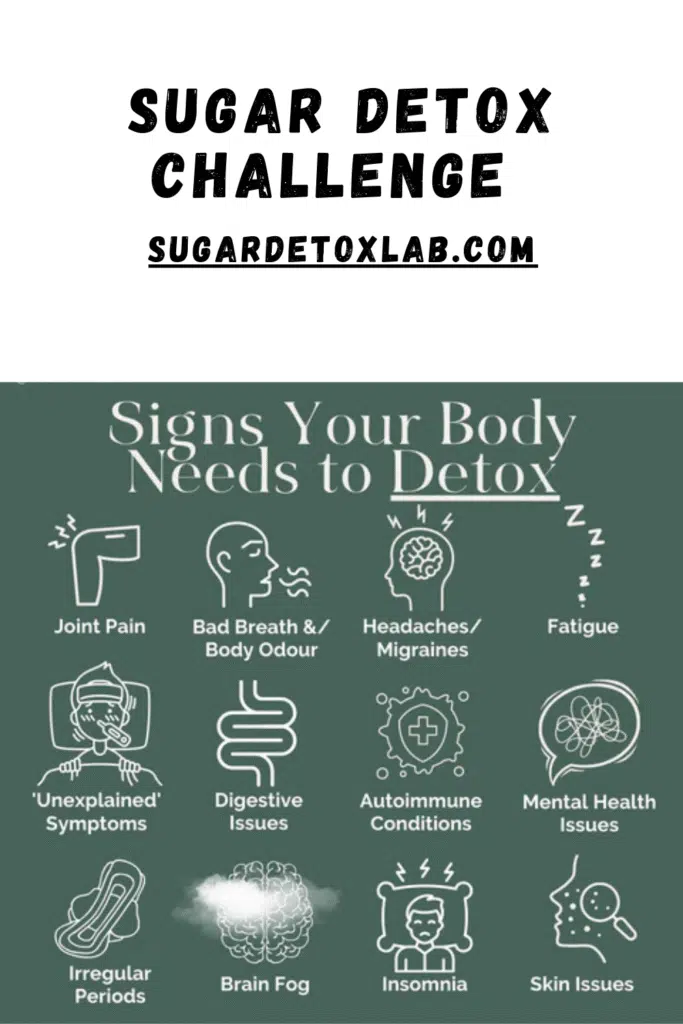
4 Managing Sugar Withdrawal: What to Expect and How to Cope
Table: Sugar Withdrawal Timeline and Symptoms
| Time Period | Common Symptoms | Coping Strategies |
|---|---|---|
| Days 1-2 | Headaches, fatigue, irritability | Stay hydrated, get plenty of rest |
| Days 3-5 | Intense cravings, mood swings, anxiety | Eat balanced meals, practice stress reduction |
| Days 6-7 | Decreasing cravings, improved energy | Try new activities, reward non-food successes |
| Week 2 | Fewer symptoms, stabilized mood | Notice positive changes, reinforce habits |
| Weeks 3-4 | Minimal cravings, new preferences | Experiment with healthy recipes, establish routines |
The first 3-5 days of sugar detox are typically the most challenging as your body adjusts to functioning without constant sugar influx. Common withdrawal symptoms include :
- Headaches and mental fogginess
- Irritability and mood swings
- Fatigue and low energy
- Intense sugar cravings
- Digestive changes
4.1 Effective Strategies to Ease Withdrawal
- Stay Hydrated: Drink plenty of water throughout the day—aim for at least 64 ounces daily—to help flush out toxins and reduce headaches
- Balance Meals: Include protein, healthy fats, and fiber at each meal to stabilize blood sugar and reduce cravings
- Prioritize Sleep: Rest supports brain function and helps regulate mood and energy during detox
- Gentle Exercise: Physical activity boosts endorphins and reduces stress-related cravings
- Stress Management: Practice yoga, meditation, or deep breathing to manage stress without sugar
5 Practical Sugar Detox Strategies: Your Action Plan
5.1 Kitchen Makeover: Purge and Replace
Before beginning your detox, remove temptation by clearing your kitchen of sugary foods. This includes :
- Sweetened beverages (soda, juice, sports drinks)
- Processed snacks and desserts
- Sugary condiments and sauces
- Refined carbohydrates (white bread, pasta, rice)
Replace these items with detox-friendly alternatives:
- Healthy fats: Avocados, nuts, seeds, olive oil
- Lean proteins: Chicken, fish, eggs, legumes, plain Greek yogurt
- Complex carbs: Quinoa, brown rice, sweet potatoes, oats
- Non-starchy vegetables: Leafy greens, broccoli, cauliflower, peppers
- Low-sugar fruits: Berries, green apples, citrus fruits
5.2 Smart Shopping and Label Reading
Learning to decode food labels is essential for sugar detox success. Remember :
- Check both “Total Sugars” and “Added Sugars” on nutrition labels
- Look for hidden sugar aliases in ingredient lists (words ending in “-ose,” syrups, juices)
- Be wary of “healthy” foods that often contain hidden sugars (yogurt, granola, protein bars)
- Choose whole foods over processed alternatives whenever possible
5.3 Meal Prep Strategies
Preparation is key to resisting sugar cravings when hunger strikes. Try these tips :
- Dedicate 1-2 hours each week to meal preparation
- Cook large batches of proteins and complex carbs for easy assembly
- Wash and chop vegetables for quick snacks and meals
- Prepare sugar-free snacks like hard-boiled eggs, veggie sticks, and trail mix
- Portion out servings to prevent overeating

6 Sample Meal Ideas and Recipe Concepts
6.1 Breakfast Options
- Vegetable Omelet: 2-3 eggs with spinach, mushrooms, and peppers cooked in coconut oil
- Sugar-Free Smoothie: Unsweetened almond milk, protein powder, spinach, 1/4 cup berries, and chia seeds
- Avocado Toast: Ezekiel bread topped with mashed avocado, lemon juice, and hemp seeds
- Greek Yogurt Parfait: Plain Greek yogurt layered with nuts, cinnamon, and a few berries
6.2 Lunch Options
- Large Salad: Mixed greens with grilled chicken, avocado, cucumbers, and olive oil vinaigrette
- Lettuce Wraps: Turkey or tuna salad wrapped in lettuce leaves with vegetable sticks
- Buddha Bowl: Quinoa base with roasted vegetables, chickpeas, and tahini dressing
- Soup and Salad: Vegetable-based soup with a side salad with lemon dressing
6.3 Dinner Options
- Sheet Pan Salmon: Salmon fillet with asparagus and sweet potato cubes
- Zucchini Noodles: With pesto, cherry tomatoes, and grilled chicken
- Stir-Fry: Chicken or tofu with broccoli, bell peppers, and cauliflower rice
- Stuffed Peppers: Bell peppers filled with ground turkey, tomatoes, and spices
6.4 Snack Options
- Vegetable Sticks: with guacamole or hummus
- Handful of Nuts: almonds, walnuts, or pecans
- Plain Greek Yogurt: with cinnamon and a few berries
- Hard-Boiled Eggs: with a sprinkle of sea salt
- CHOMPS Meat Sticks: or other sugar-free jerky
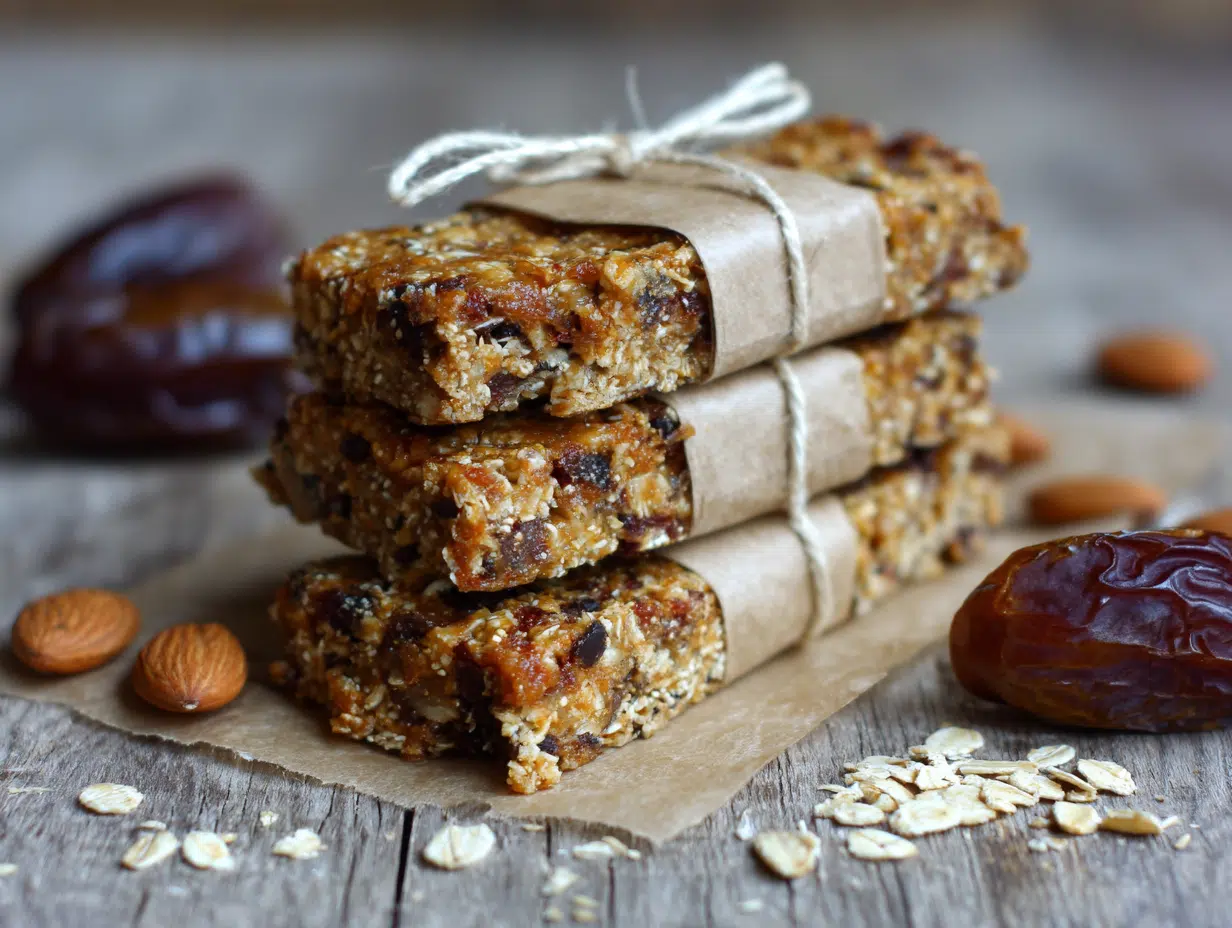
7 Real-Life Success Stories: Inspiration for Your Journey
7.1 From Chronic Fatigue to Vibrant Energy
One woman shared how discovering she was consuming 100 grams of sugar daily—four times the recommended amount—changed her life. Despite thinking she ate healthy, her constant bloating, migraines, and energy crashes were linked to sugar overload. After eliminating added sugars and focusing on whole foods, she reported no migraines for two years, dramatically reduced bloating, clear skin, and sustained energy without afternoon crashes.
7.2 Breaking Family Patterns
Another sugar addict who grew up in a household where “dessert was a mandatory fourth meal” and with a family history of diabetes decided to try a two-week sugar-free challenge. After overcoming initial withdrawal symptoms (“the first three days were a miracle the people around me survived”), she experienced vanished body aches and heart palpitations, boundless energy, and a new appreciation for natural flavors .
7.3 The Three-Week Transformation
A self-proclaimed “sugar junkie” who could “devour a pack of sour candies in 30 minutes flat” committed to three weeks without added sugars, artificial sweeteners, or alcohol. Though challenging, she emerged three pounds lighter with visible abs, less oily skin, and a refined palate that made fruits taste sufficiently sweet. Perhaps most importantly, she gained a new understanding of moderation and quality rather than complete deprivation .
8 Frequently Asked Questions About Sugar Detox
8.1 How long does it take to stop craving sugar?
Most people find that intense physical cravings subside within 3-7 days, though psychological habits may take longer to break. After 2-4 weeks, your taste buds adjust, and foods you previously found satisfying may seem overly sweet .
8.2 Can I eat fruit during a sugar detox?
Most programs allow low-sugar fruits like berries, green apples, and citrus in moderation. Some strict detoxes may limit even these initially, then gradually reintroduce them. The fiber in whole fruit slows sugar absorption, making it different from added sugars .
8.3 What about artificial sweeteners?
Artificial sweeteners are generally discouraged during sugar detoxes because they maintain sweet cravings and may still impact blood sugar and gut bacteria. Natural options like stevia or monk fruit may be acceptable in small amounts for some people .
8.4 How do I handle eating out during a detox?
Choose simple preparations like grilled proteins with vegetables, request sauces and dressings on the side, and don’t be afraid to ask how dishes are prepared. Opt for bunless burgers, salads with oil and vinegar, and steamed rather than sautéed vegetables .
Conclusion: Your Sugar-Free Journey Starts Now
Embarking on a sugar detox journey is one of the most powerful investments you can make in your health and well-being. While the initial days may challenge your resolve, the benefits—stable energy, mental clarity, emotional balance, and physical health improvements—are well worth the effort.
Remember that sugar detox isn’t about perfection; it’s about progress and awareness. Each small choice adds up to significant changes over time. At SugarDetoxLab.com, we’re committed to supporting you with science-backed information, practical strategies, and a community of like-minded people on the same journey.
Join Our Sugar Detox Challenge!
Ready to transform your relationship with sugar? Join our free 10-Day Sugar Detox Challenge and receive:
- Daily email guidance and support
- Customizable meal plans and shopping lists
- Access to our private community forum
- Progress tracking tools
- Expert Q&A sessions
Sign up now at sugardetoxlab.com/challenge and take the first step toward a sweeter life without sugar!


